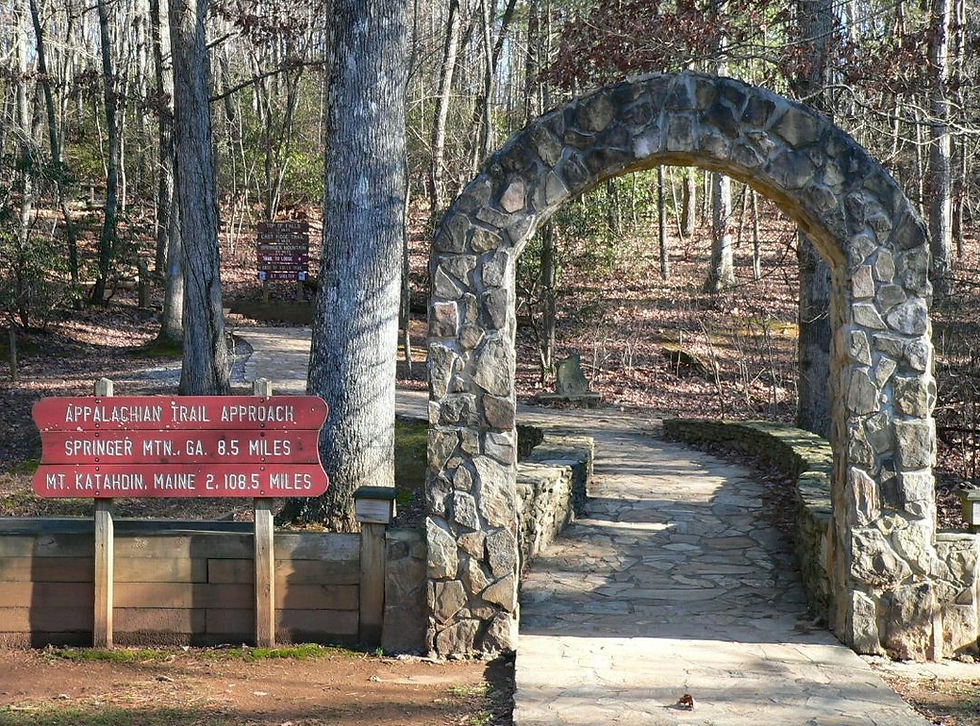
Snakes on the trail
- Bob Nutting
- Mar 14, 2023
- 2 min read
Updated: Mar 22, 2023
The Appalachian Trail is home to several species of snakes, including venomous ones like the timber rattlesnake and the copperhead. However, encounters with snakes on the trail are relatively rare, and most snakes will avoid humans if given the chance.
According to the Appalachian Trail Conservancy, there have been several reported incidents of snake bites on the trail over the years, but deaths or serious injuries are extremely rare. Most bites occur when hikers attempt to handle or disturb the snakes, or when they accidentally step on them.
To minimize the risk of snake bites, hikers should stay on the trail and avoid stepping over logs or rocks without checking for snakes first. Hikers should also wear sturdy hiking boots and avoid hiking in sandals or flip-flops. Additionally, it's important to be aware of your surroundings and to give snakes plenty of space to move away.
If a hiker does get bitten by a snake, it's important to seek medical attention immediately. Most snake bites can be treated with antivenom, but time is of the essence, so hikers should call for help as soon as possible.
Differentiating between snake species can be difficult, even for experienced hikers and naturalists. However, there are some key characteristics that can help you identify the most common snakes found on the Appalachian Trail:
Northern Copperhead: These snakes have distinctive hourglass-shaped bands that are light brown or grayish in color on a coppery background. The bands may be wider at the sides than in the middle. Northern copperheads have a triangular head and vertical pupils.
Timber Rattlesnake: Timber rattlesnakes have a diamond-shaped pattern on their back, with alternating light and dark bands. Their tail ends in a rattle, which makes a distinctive buzzing sound when shaken. Timber rattlesnakes also have a triangular head and vertical pupils.
Eastern Rat Snake: These snakes are typically black, but may also be gray or brown, with a white or yellow chin and throat. Eastern rat snakes have smooth scales and a pointed head.
Eastern Milk Snake: Eastern milk snakes have a pattern of reddish-brown blotches on a lighter background, with a light-colored belly. They may also have a Y-shaped pattern on their head.
Eastern Hognose Snake: These snakes have an upturned snout and are usually brown or gray in color with dark blotches. Eastern hognose snakes will often flatten their head and neck and hiss when threatened, but they are harmless to humans.
If you encounter a snake on the trail, it is important to give it plenty of space and observe it from a safe distance. Remember that all snakes play an important role in the ecosystem and should be respected and protected.


Comments